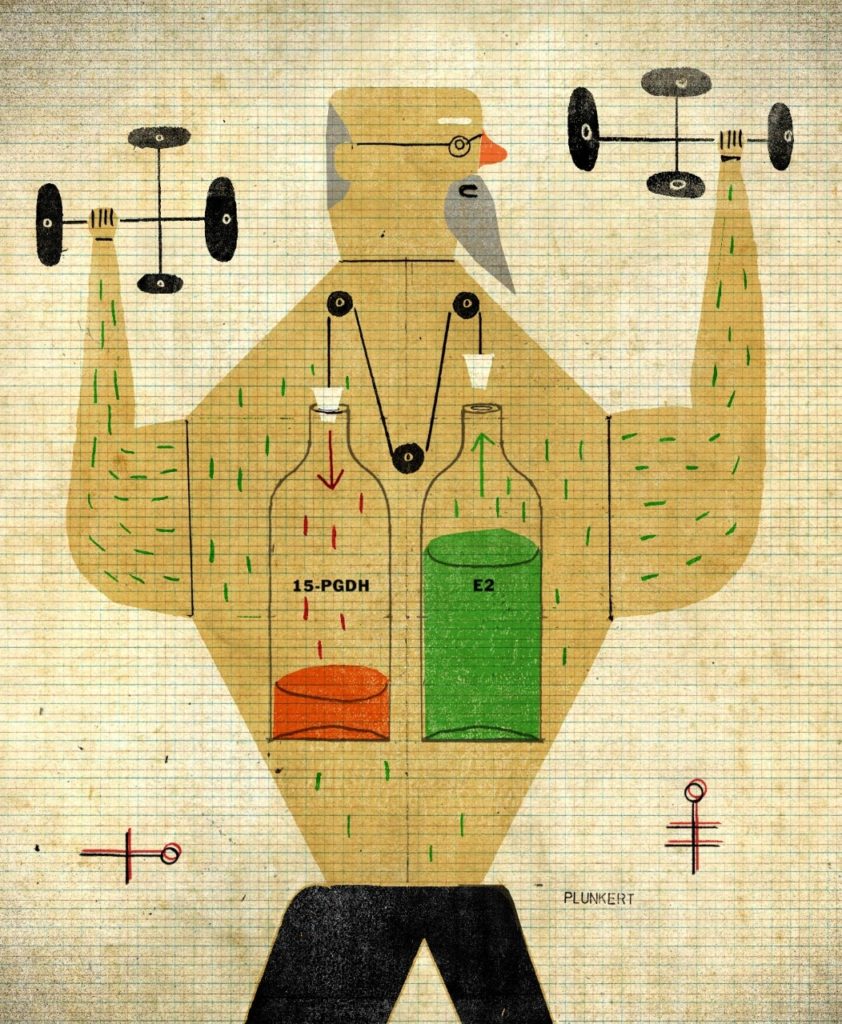Mighty mouse
Blocking age-related protein activity can revitalize older muscles

With age comes wisdom, they say. But as we grow more wise, our bodies often falter. In particular, our muscles shrink and lose strength as the years march on. What if there were a way to restore strength and mass to aging muscle?
New research in the laboratory of Helen Blau, PhD, professor of microbiology and immunology, suggests that conjecture could come true.
She and senior scientist Adelaida Palla, PhD, found that blocking the activity of a protein called 15-PGDH in elderly laboratory mice revitalized the animals — strengthening their muscles and allowing them to trot longer on a treadmill than their untreated peers.
“The improvement is really quite dramatic,” Blau said. “The old mice are about 15% to 20% stronger after one month of treatment, and their muscle fibers look like young muscle. Considering that humans lose about 10% of muscle strength per decade after about age 50, this is quite remarkable.”
Conversely, increasing the expression of the protein in young mice caused their muscles to atrophy and weaken.
They published their findings online December 2020 in Science.
The protein hadn’t previously been implicated in aging. But earlier work in Blau’s lab showed that another molecule, prostaglandin E2, can activate stem cells in the muscle that spring into action to repair damaged muscle fibers. 15-PGDH, which is more plentiful in muscles of older animals, blocks this strengthening effect by breaking down prostaglandin E2.
“We’re hopeful that these findings may lead to new ways to improve human health and impact the quality of life for many people,” Blau said.

